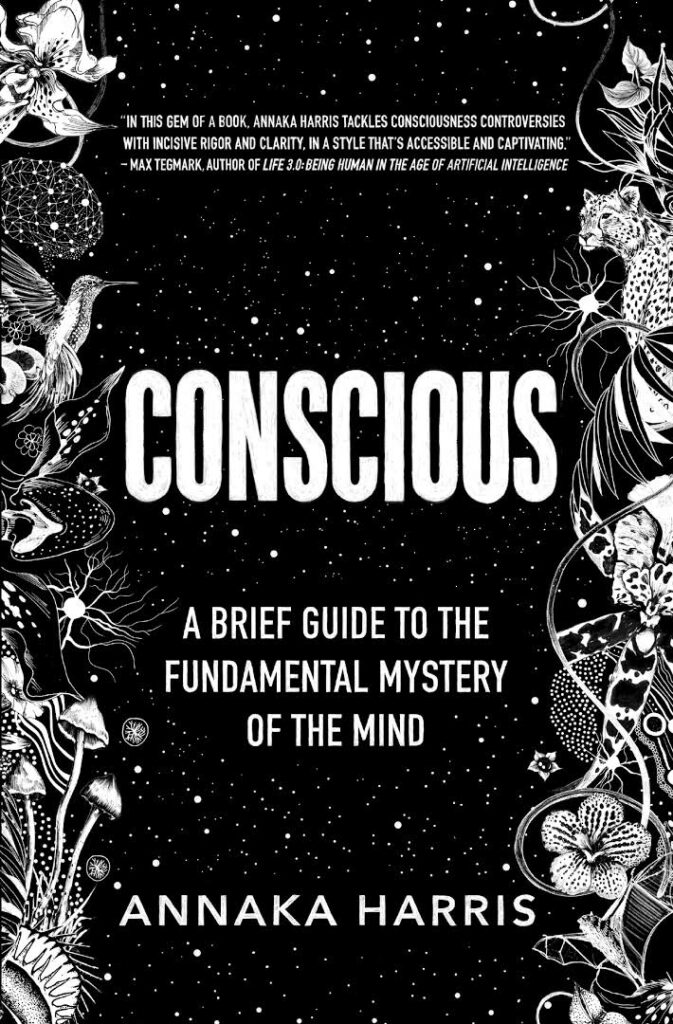For centuries, philosophers and scientists have pondered the enigma of consciousness. What does it truly mean to be aware? How can we measure and understand this elusive essence?
As anesthesiologists, we grapple with these questions daily, striving to ensure patients experience no pain or memory during surgery while remaining safely unconscious.
General anesthesia offers remarkable tools to delve into the depths of consciousness. By inducing controlled states of unconsciousness and studying the corresponding brain activity, we can map the landscape of awareness.
But measuring these transitions presents a hurdle: traditional methods often disrupt the very phenomenon they aim to observe.
Seeking a gentler approach, we adapted a simple “breathe-squeeze” method. Unlike intrusive verbal commands, this technique asks participants to squeeze a ball with each inhale, allowing us to monitor changes in consciousness without interrupting them.
EEG recordings, familiar territory for anesthesiologists, revealed fascinating patterns during the breathe-squeeze task. As participants drifted towards unconsciousness, their brain activity changed markedly, highlighting a precise 5-6 second window for the transition. This pinpointed timeframe surpassed the 30-120 second uncertainty of previous methods, offering unprecedented clarity.
Surprisingly, participants regained the task after recovering from sedation, spontaneously squeezing with their breath. This unexpected behavior hints at distinct phases within connected consciousness: internally generated (like remembering to squeeze) and externally prompted (responding to commands). This finding refines our understanding of the spectrum of awareness.
But our research goes beyond technical advancements. The breathe-squeeze technique, welcomed by participants for its calming nature, has found its way into clinical practice. By gently guiding patients towards sedation, we can alleviate anxiety and ensure a smoother transition.
Our journey continues as we delve deeper into the EEG data and structural MRI scans. These insights hold the potential to revolutionize patient care in surgery, sleep disorders, and coma.
Ultimately, this quest to understand the transitions of consciousness not only impacts clinical practice but also invites us to ponder the very essence of human existence.
What does it mean to be conscious? Perhaps, by studying the silent language of the brain, we can inch closer to answering this age-old question.
Sources
Published in British Journal, March 24, 2023; Breathe–squeeze: pharmacodynamics of a stimulus-free behavioural paradigm to track conscious states during sedation.
DOI:https://doi.org/10.1016/j.bja.2023.01.021
Discover :

Conscious:
A Brief Guide to the Fundamental Mystery of the Mind
$17.49 (30% off)
“A user’s guide to the scientific thinking on consciousness—delivering an assumption-shattering take on how we think about our mind, our self, and this very moment.” (Daniel Goleman, author of NYT bestseller Emotional Intelligence)

